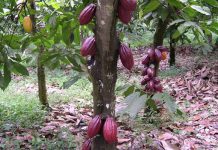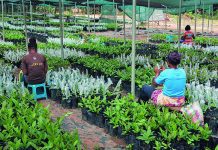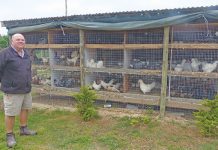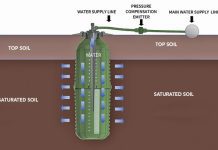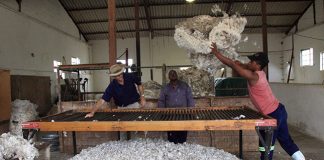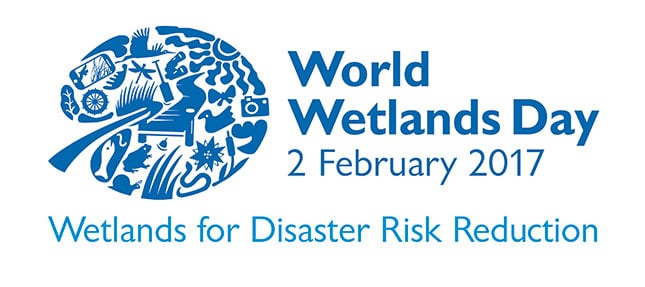
This is according to John Dini, Director of Ecological Infrastructure at the South African National Biodiversity Institute (Sanbi).
Although unsuited to the large-scale cultivation of commercial crops, wetlands do provide useful opportunities for improving household food security through small-scale and subsistence cultivation.
“Wetland conservation is important as wetlands provide different ecosystem services that can benefit agriculture and contribute to human wellbeing. Wetlands can support fertile soils, reduce erosion and retain sediments and nutrients,” said Dini.
It is for this reason that, on 2 February 1971, the Ramsar Conservation treaty was ratified. It is an international treaty for the conservation and sustainable use of wetlands and promotes the conservation of wetlands as a national policy.
It is commemorated and celebrated annually on 2 February – Wetlands Day.
This year’s theme, ‘Wetlands for Disaster Risk Reduction” was selected to highlight the vital role of healthy wetlands in reducing the impacts of extreme events such as floods, droughts and cyclones on communities.
“Currently, Working for Wetlands (WfW) is working on about 40 projects targeting 130 wetlands, employing 2 600 people,” said Piet-Louis Grundling, Deputy Director of Programme Implementation at WfW. “We have rehabilitated about 1 600 wetlands in the past 16 years.”
According to Dini, rehabilitation activities included plugging drainage channels and curbing erosion caused by agricultural activities.
He said that the National Biodiversity Assessment was undertaken by Sanbi every five years, and that the latest assessment, completed in 2011, identified wetlands as the most threatened ecosystem type in South Africa.
“To date, the wetlands that have been mapped by Sanbi cover only 2,4% of the country’s surface area,” he added.
5 tips on how to protect wetlands:
- Don’t plant in the wettest parts of the wetland.
- Avoid wetlands with high erosion hazards, forested wetlands, peatlands, and wetlands supporting endangered species.
- Never dig deep drains to dry out a wetland as this could destroy its structure and functioning.
- Avoid using chemicals that will contaminate the water table.
- Don’t clear big areas to plant. Try to leave as much original vegetation in place to protect the soil and underlying water.


